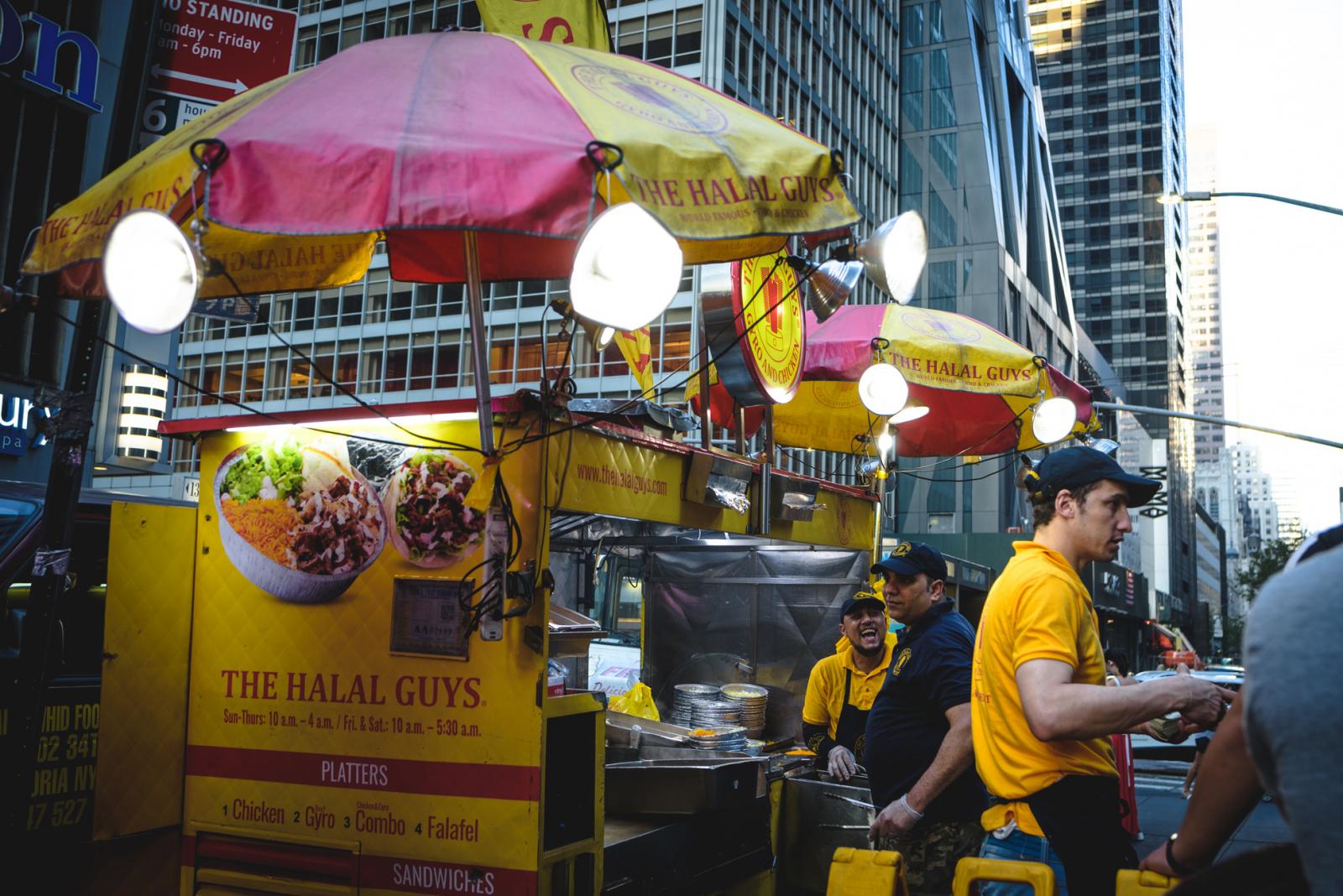The Ups and Downs of Street Food
As they strolled down the busy street, the smells of grilled meats and fresh vegetables wafted through the air. Street vendors called out, touting their latest creations. It was nearly impossible to resist sampling the many tempting dishes on display. While street food can be an enjoyable treat, it’s important to consider both the pros and cons.
Delicious, Convenient Cuisine
Street food offers a wide variety of affordable, flavorful options. From Filipino vegetable spring rolls to Mexican corn-on-the-cob slathered in creamy mayonnaise and dusted with chili powder, there’s something for every taste. The casual atmosphere also allows people to easily sample dishes from different cultures. “My friends and I love exploring new neighborhoods just to see what street vendors have cooking,” noted one foodie. “It’s a fun,low-key way to discover new flavors.” For those in a rush, street eats provide a convenient meal that can be grabbed on the go.
Late Night Cravings
Street vendors are also a godsend for late-night snack attacks. When traditional restaurants have already closed, food trucks and stalls stay open to cater to night owls and those getting off work. Whether one wants a hearty beef and potato tacos or a decadent slice of Nutella-swirled crepe at 2 am, street entrepreneurs have the munchies covered. This round-the-clock availability makes impulsive food runs much easier to satisfy.
Hygiene and Safety Concerns
While the temptation of street cuisine is strong, safety should always come first. Without proper oversight and regulation, food prepared outdoors brings health risks. Bacteria and contaminants could potentially spread through unsanitary conditions like lack of handwashing, reuse of cooking oil, or improper food holding temperatures. One also has little way to verify vendors’ cleanliness, storage practices, or food sourcing. “I knew a guy who got severely ill after eating skewers from a cart that seemed shady,” recalled a friend. “It’s just not always worth the risk to your well-being.”
Contaminated Ingredients
There is also the danger of tainted ingredients. Without strict oversight of suppliers, street entrepreneurs may unwittingly use compromised products. One viral incident involved a vendor selling crepes made with cooking oil found to contain dangerous industrial dyes and chemical residues instead of certified food-grade oil. Such cases undermine public trust and can sicken unwary customers. While most small businesses aim to provide safe foods, lack of regulation means troublesome elements may slip through cracks.
Potential for Overindulgence
The low prices and temptation of exotic flavors can encourage overconsumption of street cuisine. Without portion control or nutritional guidance, it is easy to overdo snacks high in fat, salt, sugar or calories. Frequent indulgence is risky for waistlines and health. As one fitness blogger pointed out, “It’s difficult to stay on track eating street food daily. The calorie and fat content adds up quickly if you’re not mindful.” While an occasional treat poses little harm, making impulsive or regular stops could derail diets or contribute to weight gain over time. Moderation is key to enjoying such indulgences responsibly.
Danger of Addiction
Some may also struggle with addiction to highly palatable street foods. Much like junk foods engineered to be crave-worthy, irresistible dishes can trigger dopamine rewards in the brain. This makes it challenging to stop once one starts. One recovering “snackaholic” shared, “Those flavor bombs just hijack my willpower. I’d polish off entire trays without thinking. Learning self-control was a battle.” While delectable treats provide moments of pleasure, dependence on them poses health risks in excess. Mindful eating helps curb potential overuse or addictive behaviors around street cuisine.
Benefiting Local Economies
Despite valid concerns, street food vending supports many livelihoods and fosters community. It creates jobs and small businesses, especially for immigrants or those seeking flexible work. As one vendor noted, “This street cart lets me support my family while I’m in school. The customers have become like friends too.” Their presence enlivens public spaces and cultural exchange. It also reflects the entrepreneurial spirit. Some even credit food trucks and stalls with revitalizing overlooked neighborhoods. With proper regulation, this trade has room to both prosper locals and serve customers responsibly. With care and moderation, the experience of sampling sumptuous street cuisine need not come at the cost of well-being. Overall, while street food brings enjoyment, education and economic opportunities, safety should be a top priority. Mindful choices help navigate both the flavors and potential risks to health. With care and balance, people everywhere can savor this vibrant culinary culture for years to come. 
